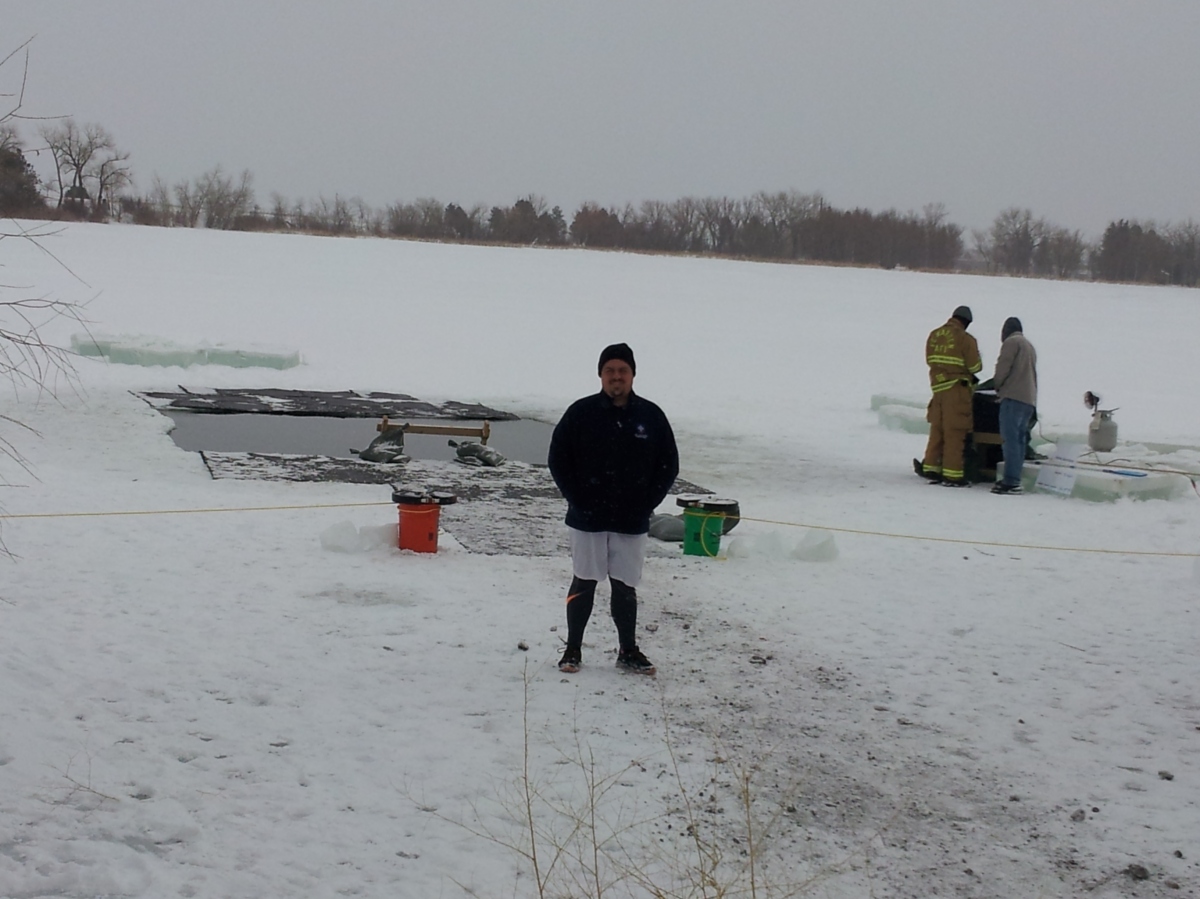The College of Education at the University of Wyoming has begun implementation of the Sanford Inspire Program to help teachers improve their skills and expertise. The Mary Lou Fulton College of Education at Arizona State University developed the Sanford Inspire Program through a $28 million grant from businessperson and philanthropist T. Denny Sanford. Arizona State University also collaborated with National University in San Diego to implement the program throughout the United States. There are currently 20 universities participating in the Sanford Inspire Program, which has impacted more than 175,000 students nationwide. The University of Wyoming is the most recent collaborative partner to implement the Sanford Inspire Program.
The Sanford Inspire Program consists of more than 80 short, on-demand, online video modules to further educate teachers on culturally diverse learners, differentiated instruction, classroom management, dealing with bullying and child abuse, handling parent involvement, etc. The interactive modules are designed to help teachers inspire their students to believe in themselves and their abilities. Each module is available online and is free to students, alumni, and teachers throughout Wyoming due thanks the generous philanthropy of T. Denny Sanford. The University of Wyoming has signed on to implement the Sanford Inspire Program to improve education for all students in the state.
The College of Education will utilize the Sanford Inspire Program to add to the award-winning programs at UW that aim to prepare excellent teachers for the classroom. Additionally, the Sanford Inspire Coordinator, Dr. Cody J. Perry, will gather data to determine the impact of the program and to guide future implementation. The goal of the program is to ensure that Wyoming’s students are receiving the best education possible. Nearly every person can name a teacher who inspired them and fostered confidence and self-acceptance. The Sanford Inspire Program mission is to help more teachers become inspirational leaders in dynamic, stimulating classrooms that welcome diversity.
The modules provided by the Sanford Inspire Program will help students across the state to realize their full potential, regardless of background, race, or financial standing. The program can be used to help teachers in remote rural areas who may not normally have access to high quality, research based professional development tools. Therefore, students on the Wind River Reservation and in schools like Arvada Elementary School can benefit from the Sanford Inspire Program at no cost to parents, teachers, schools, or districts. The Sanford Inspire Program aligns with the University of Wyoming Trustee’s Education Initiative to elevate the College of Education to a preeminent and nationally recognized program in professional educator preparation. The College of Education and the University of Wyoming will utilize the Sanford Inspire Program to improve teaching throughout Wyoming.
For more information concerning the Sanford Inspire Program visit www.uwyo.edu/education/Sanford-inspire/ or email Dr. Perry at cperry12@uwyo.edu.










